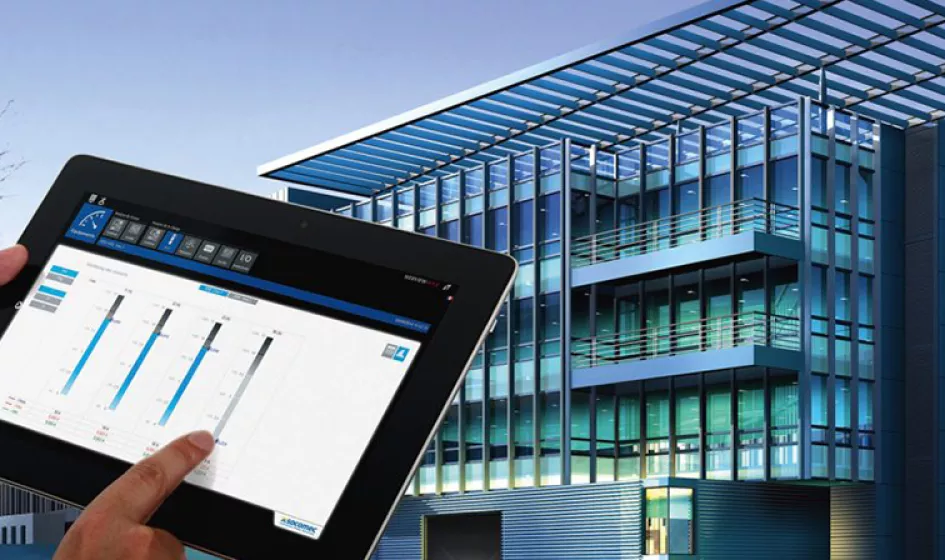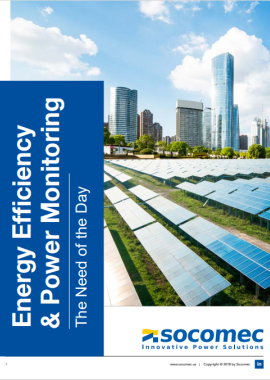Facility managers around the country are feeling the pressure to have high performing, modern facilities that operate more efficiently and cost-effectively. Government incentives for greener building practices and dropping costs for energy efficient equipment have spurred a movement in the building industry. As more building owners develop this philosophy, most projects are now designed with at least some energy-saving features. But energy-efficient equipment can only do so much. Ultimately, facility managers are challenged with controlling energy costs of new or existing buildings with variables such as operation times, occupant comfort levels, and equipment operations that play a heavy factor in overall energy usage. But energy metering can give managers the power needed to control energy consumption and reduce overall costs. Learn how submetering works – and how it can help you save up to 30% on your energy costs.
The High Costs of Building Operations
Even as we shift toward renewable sources, energy costs are still a big expense for building managers. Until we can move almost entirely to renewable sources, facility managers will have to adjust operations to account for rising energy costs. Whether it’s for manufacturing, data centers, or an educational facility, buildings have heavy energy loads that must be met. HVAC systems, lighting, computers, and machinery all require large amounts of power, which is why reducing those costs anywhere you can is necessary to offset rising energy costs.
How Your Building Consumes Energy
Reducing energy consumption in a building or facility is the first major step to controlling energy costs. Installing energy efficient HVAC equipment and lighting, supplementing with renewable energy such as PVs, and using Building Automation Systems (BAS) to control energy guzzling systems are all key. But how do you know these things will work as you expect? The most accurate way to control your energy consumption is to measure it using submetering. This allows you to understand and adjust your energy consumption. Metering allows you to monitor everything from lights to computers to HVAC systems to understand how much energy is being consumed.
How Utility Submetering Works
Your building utility meter will show you the overall building energy consumption, but only submetering can provide you with the data you need to make actionable decisions about how your facility uses energy. Submetering on individual pieces of equipment and spaces within your facility can break down energy consumption in time frames as small as a quarter and half hours to give real-time snapshots of energy usage. Submetering devices can then be interconnected to a software so you can view trends and chart areas that need attention. These may be consuming more than the normal amount of energy or wasting energy at night or on weekends. This data can be used to adjust building operations such as HVAC startups and set points, automatic lighting shutoffs, and other areas of high energy consumption.
Developing an energy performance plan based on your facility’s energy needs is the first step to reducing energy costs. Using submetering devices can give you the data you need to assess your current consumption and identify areas that need the most control. Finding the largest consumers of energy in your building then allows you to make actionable steps to improve their performance, reduce energy usage, and reallocate energy sources. After a plan is put in place, energy monitoring will allow you see the results in real time, allowing you to make adjustments if one method isn’t working.
Are you looking to learn more about how power monitoring can help you save on energy costs? Download our free white paper, Energy Efficiency & Power Monitoring: The Need of the Day.






